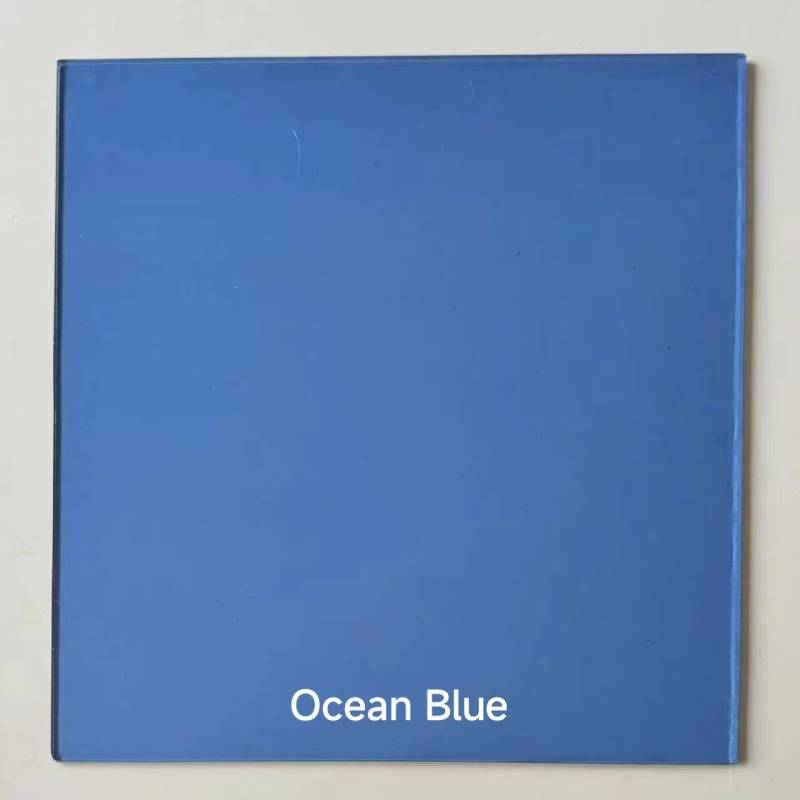

The Art and Science of Tin Float Glass
In the realm of glass manufacturing, few processes are as significant and transformative as the creation of tin float glass. This particular method revolutionized the production of flat glass, commonly used in windows, mirrors, and numerous architectural applications. Understanding the intricacies of tin float glass involves exploring its historical context, manufacturing process, and the applications that have made it a staple in modern construction and design.
Historical Context
The origins of glass production date back to ancient civilizations, but the quest for high-quality, flat glass remained a challenge for centuries. Traditional methods produced glass with imperfections, leading to uneven surfaces and distortions. The advent of the tin float glass process in the mid-20th century marked a turning point in this industry. This technique, developed by Sir Alastair Pilkington in the 1950s, allowed for the creation of consistently flat glass sheets on a large scale, thereby catering to the demands of modern architecture and design.
The Manufacturing Process
The tin float glass process is named after the tin bath used in the production method
. It involves several key steps1. Raw Material Preparation The process begins with the preparation of raw materials, primarily silica sand, soda ash, and limestone. These materials are carefully measured and mixed to achieve the desired glass composition.
2. Melting The mixture is then heated in a furnace at temperatures reaching 1,400 degrees Celsius (2,552 degrees Fahrenheit) until it forms molten glass. This step is crucial, as it ensures all impurities are eliminated.
3. Floating on Molten Tin The molten glass is then poured onto a layer of molten tin contained in a specially designed float bath. The density of molten glass is less than that of molten tin, causing the glass to float and spread out evenly across the surface. This step creates the flatness and smooth finish characteristic of tin float glass.
4. Annealing After floating on the tin bath, the glass needs to be gradually cooled in a controlled environment known as an annealing lehr. This process reduces internal stresses within the glass, enhancing its durability and clarity.

5. Cutting and Finishing Once cooled and solidified, the glass is cut into specific sizes and can undergo additional treatments, such as polishing, coating, or lamination, depending on its intended use.
Applications of Tin Float Glass
The advantages of tin float glass extend far beyond its flatness and clarity. It has become a fundamental material in various applications due to its versatility and aesthetic appeal.
- Architecture and Building Tin float glass is widely used in modern architecture for windows, facades, and glass walls. Its ability to provide unobstructed views while allowing natural light to penetrate makes it a popular choice for residential and commercial buildings.
- Interior Design In interior spaces, tin float glass is often utilized for mirrors and glass partitions. Its reflective properties enhance the perception of space and brightness in a room.
- Automotive Industry The automotive sector also benefits from tin float glass, which is used for windshields and side windows. Its durability and clarity provide safety and comfort for drivers and passengers alike.
- Electronics Tin float glass plays a crucial role in the manufacturing of electronic devices. It is commonly used in screens and displays due to its excellent clarity and ability to be processed into various shapes and sizes.
Conclusion
The invention of tin float glass has left an indelible mark on the glass industry and architectural design. By enabling the production of high-quality, flat glass, this process has facilitated a range of applications that enhance both functional and aesthetic aspects of our built environment. As technology continues to evolve, the potential for innovation in the glass industry remains vast, promising even greater advancements in the quality, sustainability, and versatility of glass products. From its genesis to its current applications, tin float glass exemplifies the intersection of art and science, reshaping how we perceive and interact with the world around us.